Between 7th to 10th August 2018, a team of two ASA participants from Kenya and Germany (Erick Agure and Lucas Haas) visited and took part in the global field activities in Kenya. The visit to global fields was done in tandem with Seed Savers Network Kenya staff. It involved visiting all the partner fields in Gilgil Kenya and also taking part in the office activities organized by Seed Savers Network. We formed a team of five people with whom we all went round visiting farmers and getting to know their day to day farm activities, grown crops, methods of saving seeds, climatic/weather conditions in the area as well as challenges that the farmers face in their daily operations.
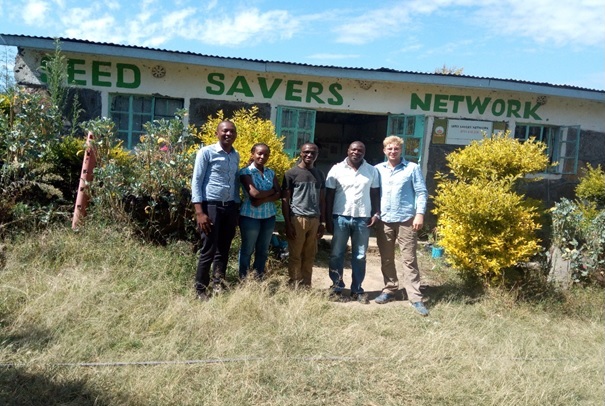
Partner Fields in Gilgil
As at 2017 there was only one established 2000m² field in Gilgil Kenya, which was used for exhibitions and farmers’ trainings. The field was owned by Salome Wambui and Peter Maina. The organization embarked on expansion strategies and in 2018 there are additional four global fields and a school garden also adopting the idea of 2000m2.
The additional global fields are owned by individual families. The fields are further used as farmers training sites besides being the main source of livelihoods to the respective families. The additional families owning the fields include; Curtis Kamau, James Waweru, Mary Wangari and Peter Njogu. All the families grow crops that are consumed locally at homes with surplus being disposed in nearby markets to generate additional incomes for the families.
All the families grow food crops that are mainly consumed at home. The dominant crops grown are local vegetables, kales, spinach, pawpaw and passion fruits, potatoes and maize. Also pepper and onions are planted by some of the farmers. Additionally, the farmers practice zero grazing, in which some of the farmland is allotted for growing fodder for the animals. Besides, the animals are fed from rests such as maize husks etc.
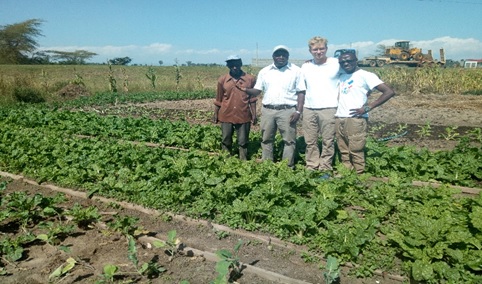
Spinach
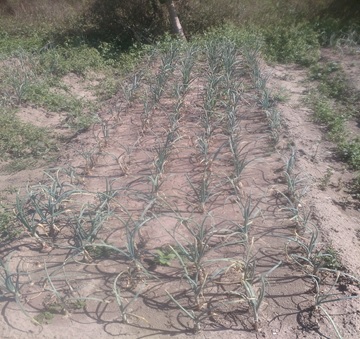
Onions
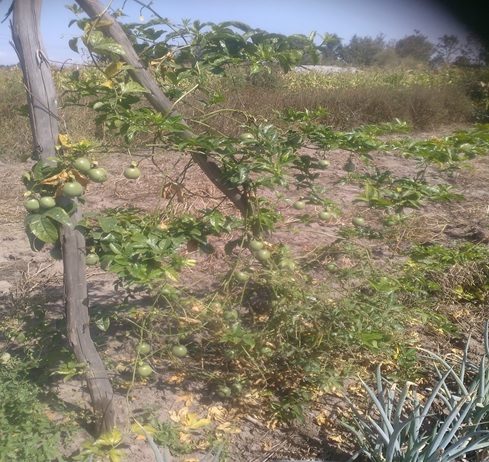
Passion fruits
Seed Saving
Through the help of Seed Savers Network Kenya, the farmers are organized into territorial groups. Through those groups they are trained on seed saving at home, using locally available resources. Seed Savers Network provides the farmers with trainings, materials and individual support. The organization provides tins and air-tight sacks that are used for saving seeds and preserving them from insects’ attacks.
Usually after harvesting, the farmers let the seeds dry. The seeds are then sorted to get the best ones for preservation.
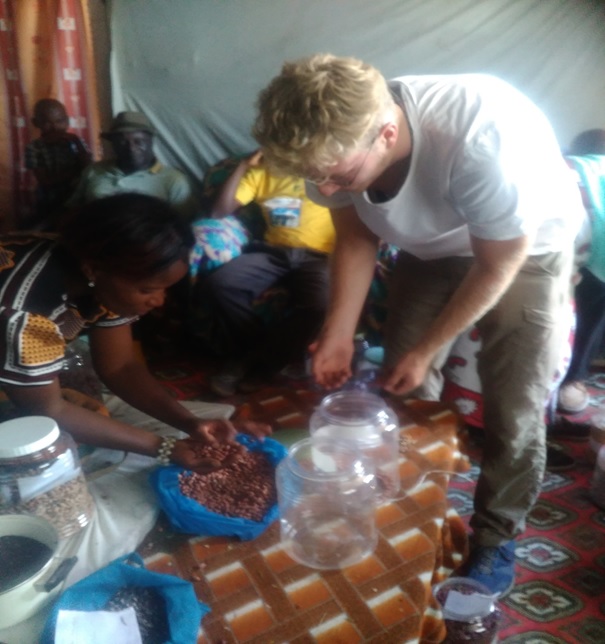
The organization obtains diatomite from a nearby manufacturing plant. The substance is added to the airtight containers with seeds. They are then sealed and kept in seedbanks awaiting the next planting season. Alternatively, the farmers add wood-ash to the seeds in airtight containers and then keeping them in a safe place away from direct sun heat, safe from physical damage and children reach. This way the seeds have a longevity of up to two years without any infestation.
Climatic conditions
Gilgil Kenya experiences varying climatic conditions from time to time. The area experiences cool and dry seasons. The long rains are usually experienced between March and May. The area also receives short rains between October and December. The rest of the months are usually dry. The dominant type of soil in the area is black loamy soil, which is quite fertile and good for agricultural purposes. In other parts there is clay, silt and dry sandy soils. Dominantly the soils are quite good for agricultural purposes.
Challenges for farmers
The major challenge in the area is water scarcity because most of the year it is usually dry. This hampers agricultural capacities of farmers and the farms because most of the crops grown in this area need a lot of water to do well. Besides the rain water, some of the individual farmers have organized themselves into groups to drill boreholes to supply water to their farms. Despite these little efforts, the demand for water, both at the farms and homes still exceed existing supply.
More famers still need capacity building to become self-reliable from their agricultural produce. Capacity building increases the ability of farmers to better utilize existing resources to maximize outputs/returns. Additionally, the farmers are in need of more farm inputs in order to reduce demand for labour and thereby maximise profits from the farms.
Conclusion
Finally, our visit in Gilgil came to a conclusion after having a group meeting with a farmers group where we attended the training sessions and helped them in seed packing. We then attended a wrap-up meeting with Seed Savers Network Kenya staff to give reports and feedbacks on our three-day visit.
We finally concluded our Gilgil visit by touring Lake Elementaita, a salty water lake that is dominantly inhabited with Flamingos.
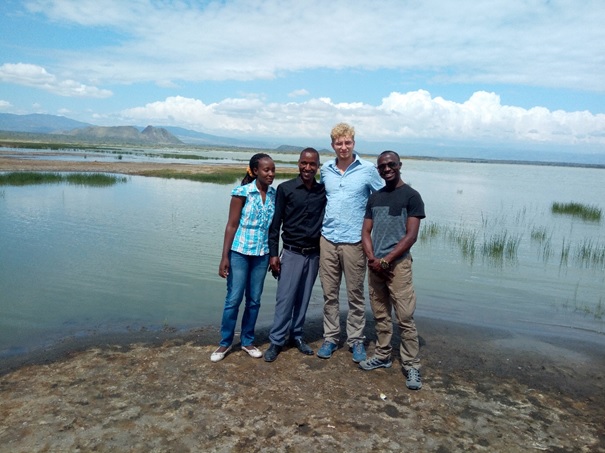
by Erick Agure

